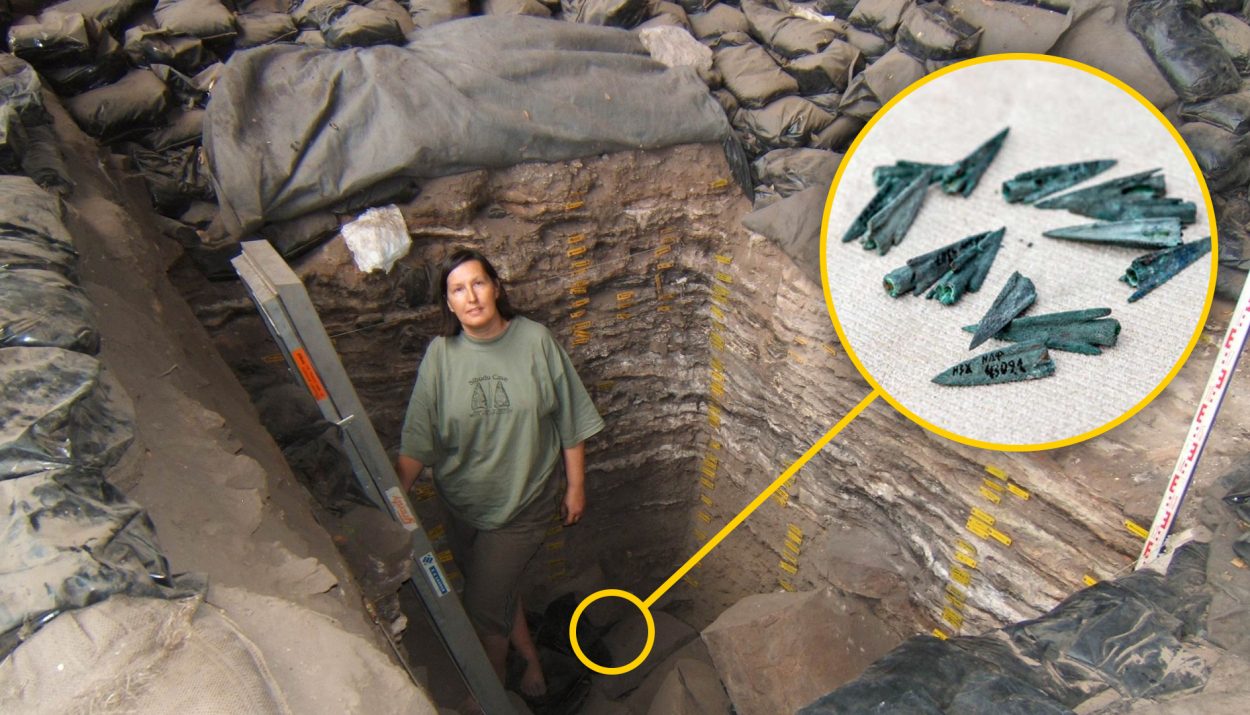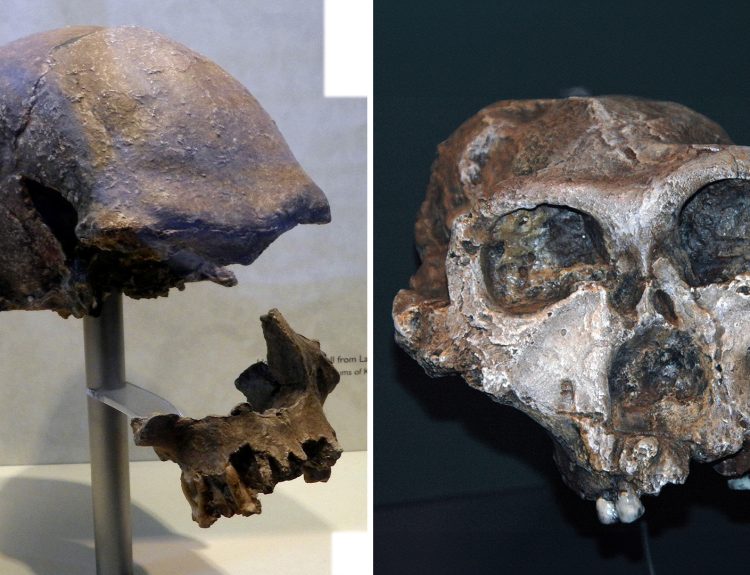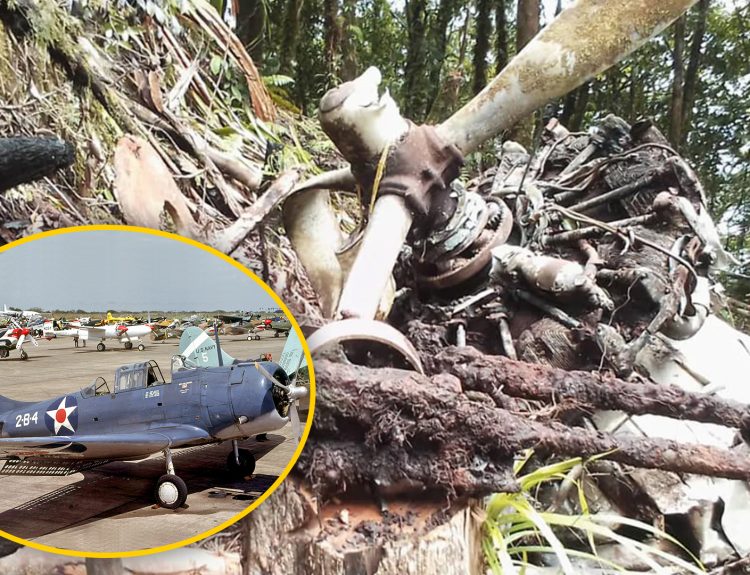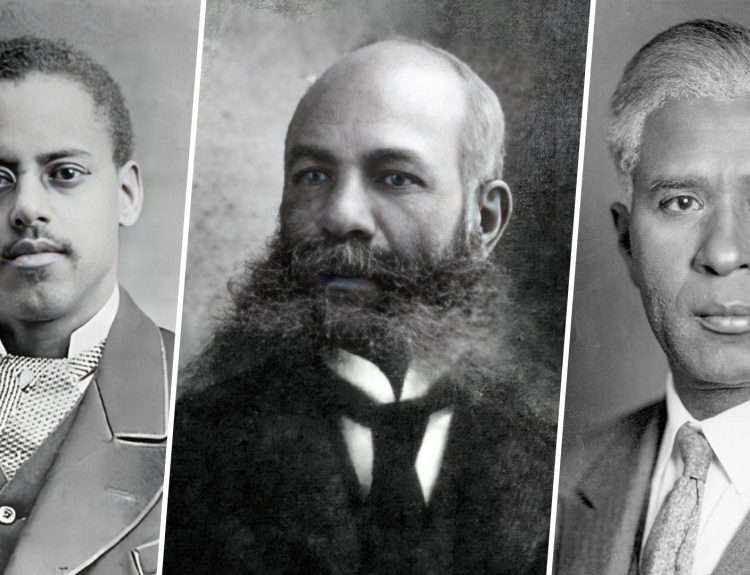One of the most mysterious yet intriguing aspects of the world is how difficult it is to solidify hard facts about how it operates. It isn’t uncommon for a once known fact, with the scientific community even in agreement for years, to suddenly be questioned when new evidence presents a different theory. One study in particular had this exact effect, causing a huge shift in what we thought to be true. When new samples were found the entire foundation of how we believed humans came to replace Neanderthals on this planet was now shaken. Now all that was known could be false. Keep reading and find just exactly how this came about.
The Birth Of The Human Race
An article from Science Advances journal that was published In a 2022, a group of researchers led by Ludovic Slimak explained that the first humans came about in Africa over 300,000 years ago.
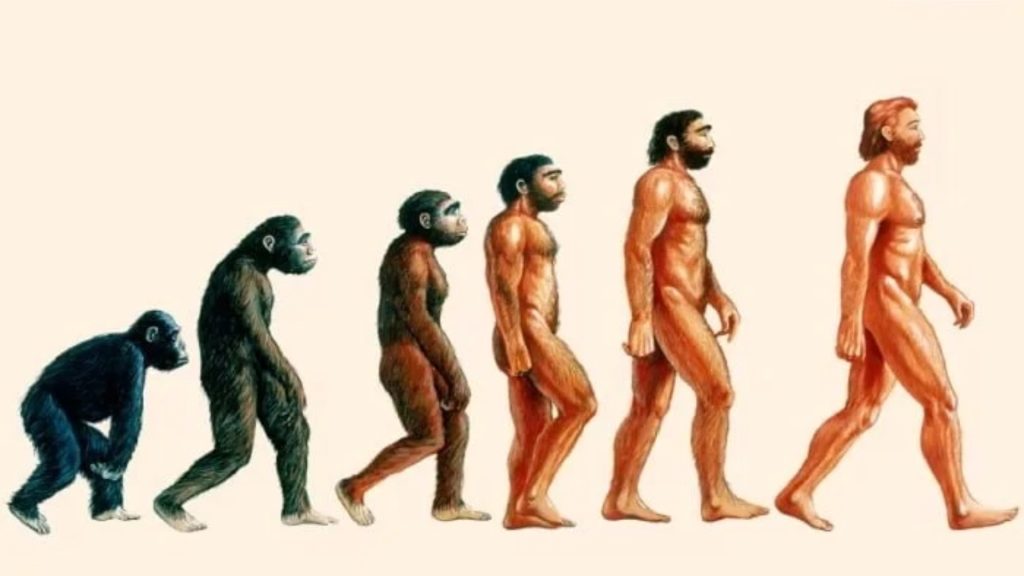
It also discussed how humans didn’t look as we do today until roughly around 195,000 years ago.
The Locations And Timelines Of Earliest Human Migration
Per archaeological evidence from before Slimak’s team had researched, the first humans laid down their first footprints into what we now know to be Israel between 194,000 and 177,000 years ago.

It’s suggested they might have also traveled to Greece some 210,000 years ago.
The Significance Of Levant
In the majority of archaeological research documenting humanity’s prehistoric era, the Levant region in the Middle East, is seen as a pivotal gateway to their travels beyond Africa.

However, the 2022 Science Advances article cited that the records from archaeologists about this period (known as the Late Pleistocene age) are unfinished.
The Evidence Available
Even so, the evidence that is available provides insight into how early humans migrated far beyond their homeland of Africa, proof being their bones being found in East Asia that date back around 80,000 years.

Other early human remains were located in Australia, suggesting they were there around 65,000 years ago. More proof that they traveled well beyond their homeland.
Showing Up Late To The Event
Oddly enough there are archaeology records from before that suggest previous records for Europe show it took humans a strange amount of time to settle there.

A mere five teeth discovered from three separate sites throughout Italy and one in Bulgaria had archaeologists believing that humans didn’t show up in Europe between 43,000 and 45,000 years ago.
Why Their Perception Was It Took So Long
Of Course these archaeological records presented some questions as to why it took early humans 10,000 to 20,000 years longer to reach Europe than it did any other region.
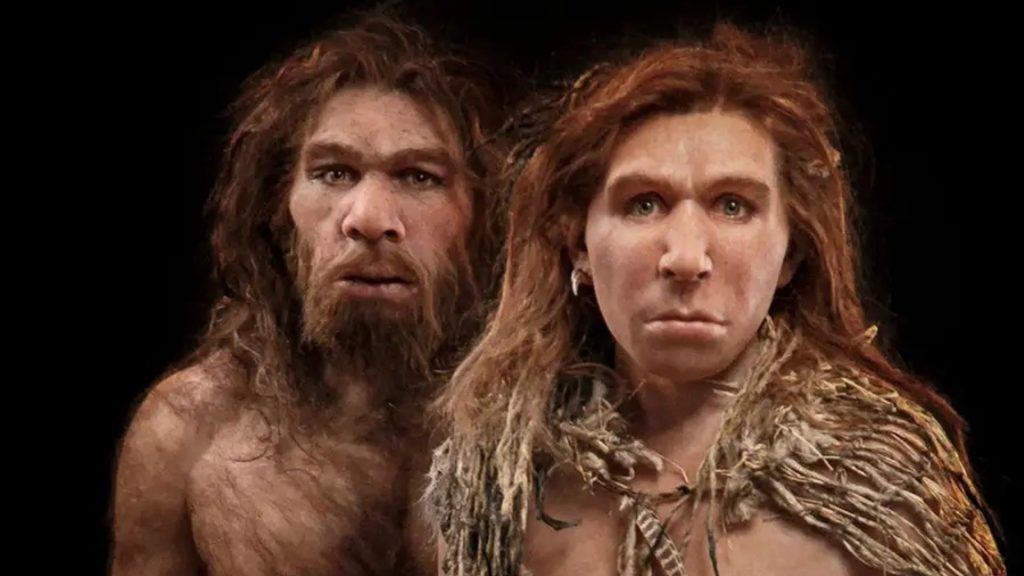
From what Slimak’s team could gather, the general consensus seemed to be either the geography and climate of Europe was a hindrance and created a barrier, or suspected the area’s local Neanderthals scared them away.
Lack Of Proof Of Advanced Technology
In Africa and Levant, what would be considered advanced weaponry for the time such as arrowheads and sharpened blades was previously discovered. Strangely the same could not be said for Europe.

Because of this it would be easy to make the assumption that if early humans did have a run-in with Neanderthals, the more physically able Neanderthals easily took them over.
A Well Kept Assumption
Taking into consideration all of these pieces of evidence, the overall assumption was that upon establishing their presence in Europe 43,000 years ago,they merely replaced what once were Neanderthals.

Naturally no Neanderthal remains were there earlier than 42,000 to 40,000 years ago, making the suggestion that they perished outside the settlement period.
Early Evidence Supported This
In conjunction with the remains of Neanderthals becoming scarce after that time period, archaeologists also cited there was no more evidence of primitive technology and techniques sometime between 41,000 years ago and 39,000 years ago.
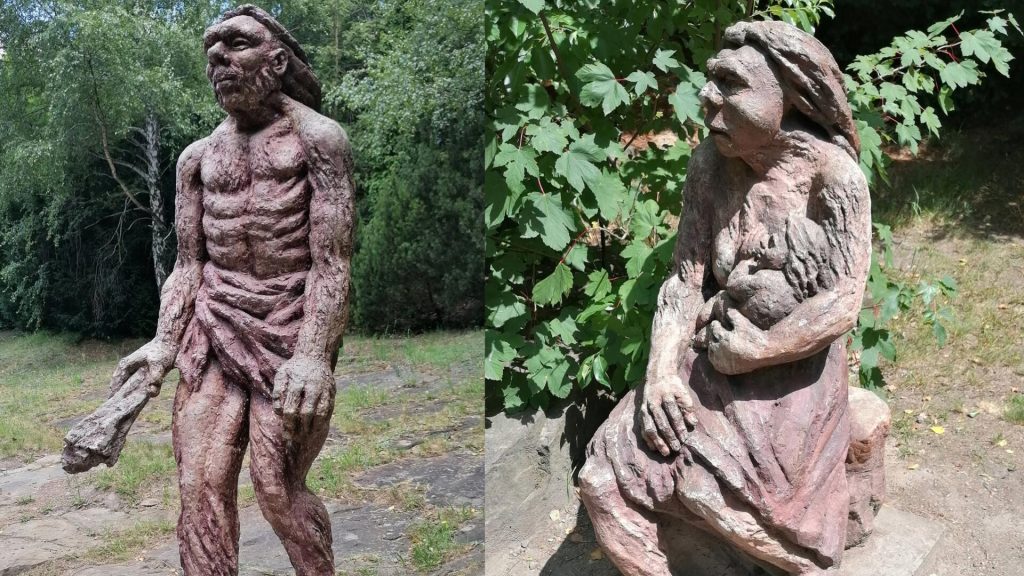
With that said, it was easy to assume that early humans replaced them, however there was also no evidence suggesting that the two populations ever had encouters.
A Notable Exception To The Rule
Even though the evidence retrieved by the team suggested this simple replacement sequence, there is one pretty important exception.

At the Buran Kaya III site in Crimea, evidence in the geological rock paints a more intricate narrative of how humans outlasted Despite that the site had inadequate findings of remains from either population to clearly relay how that succession took place.
The Revelation That Altered Everything
As solid as these assumptions early human settlement and succession in Europe may have seemed, Slimak’s team found an abundance of evidence that altered the understanding of the entire thing.
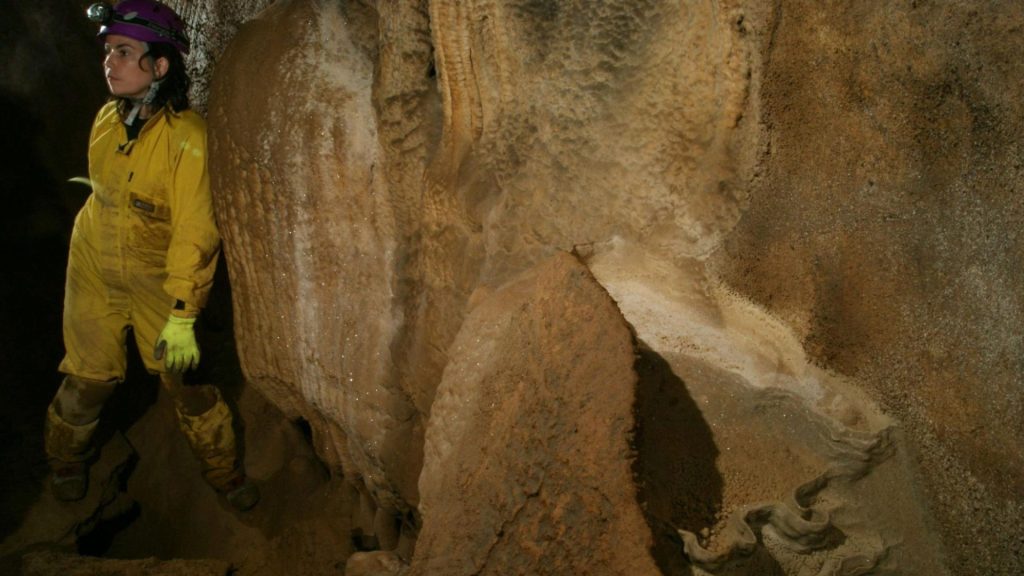
And all of this came to light when there was a discovery at Grotte Mandrin cave in France, which the researchers described as overlooking the eastern bank of the middle Rhone River Valley.
What Was Transpiring Back Then?
During the reinforcement of their preliminary research, the team behind the 2022 Science Advances article highlighted evidence that pointed to multiple cases where early humans had bred with Neanderthals in Asia.

Even though this occurrence could have also taken place in Europe, researchers confirm that there are no genetic traces in the last Neanderthals in existence to modern humans.
Extremely Well Preserved
In Grotte Mandrin, Slimak’s team found 12 exceptionally well-preserved geological layers, covering hundreds of thousands of years.These layers effectively communicated to researchers which layer chronologically went with what time period.
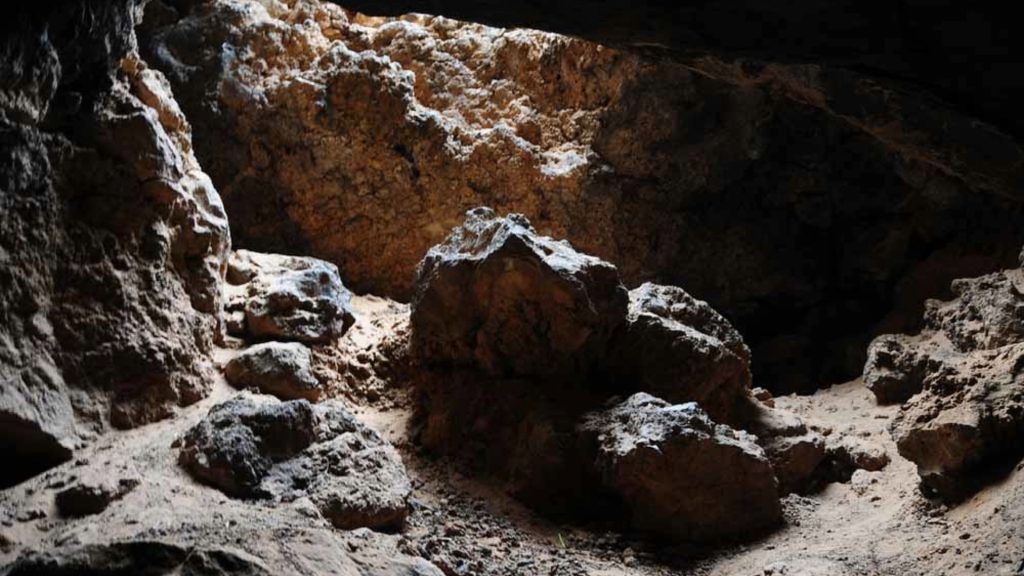
The pristine nature of the findings made it all that more exciting to find.
What Did They Discover?
Slimak’s team uncovered nine dental specimens within the layers. The teeth were from early humans and Neanderthals.
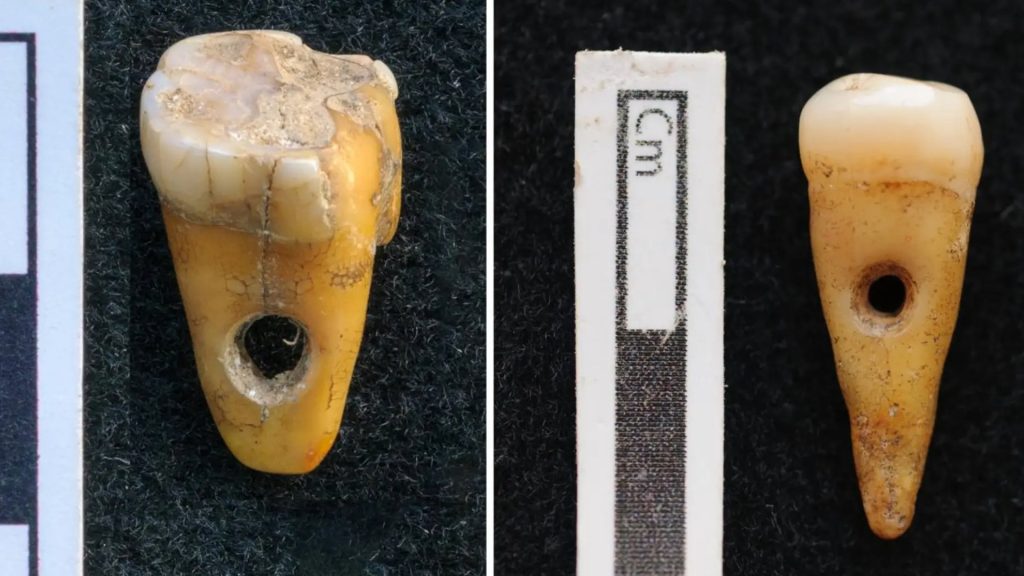
But even more exciting than that, the researchers located almost 60,000 lithic objects. Lithic objects are natural items such as rocks or animal bones that were obviously altered by ancient beings.
What Is The Neronian Industry?
When discussing one of the layers where early human remains could be found, Slimak cited them as being a part of the Neronian industry.

describes a level of technological sophistication, much like the items that were found at another French cave known as Grotte de Neron.
What Scientist Discovered Previously
Archaeologists had uncovered blades and arrowheads At Grotte de Neron, these items showed a very advanced level of expertise and precision that far outreached Neanderthals capabilities.

Despite that fact it wasn’t completely clear who created them, and they weren’t nearly as archaic as anything that was discovered in Grotte Mandrin.
Teeth Tell All
This mysterious discovery beforehand is what makes the finding of these teeth so vital. Finding the tooth within the same layer as the Neronian tools gave a lot of insight.
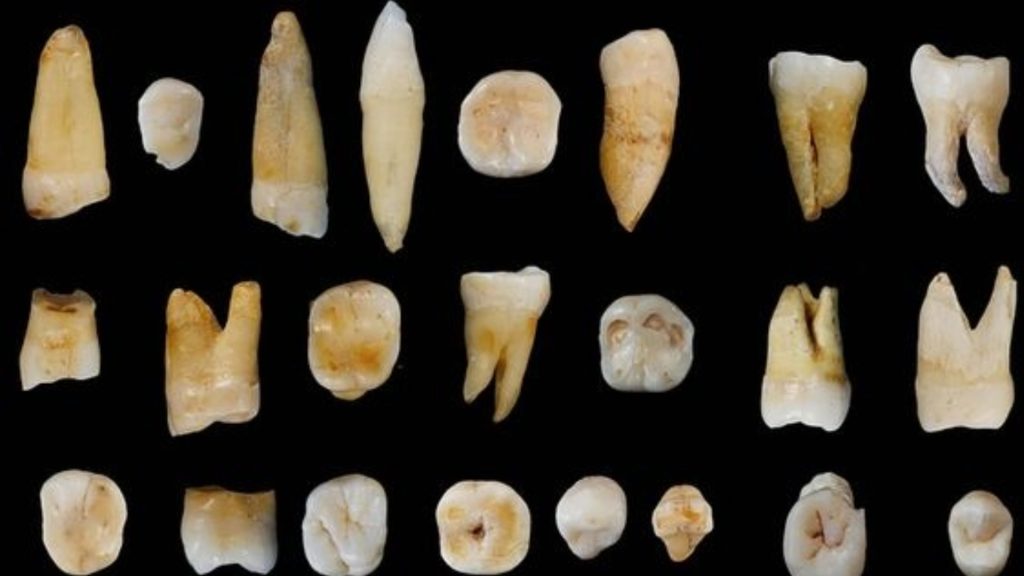
These teeth also gave way to the question of whether Neanderthals or early humans were or weren’t the dominant species.
How They Knew The Difference
Slimak’s team studied the outlines of their respective crowns, to figure out which teeth belonged to which species. They examined the thickness of the enamels, root proportions,and the shape of their dentine structures.
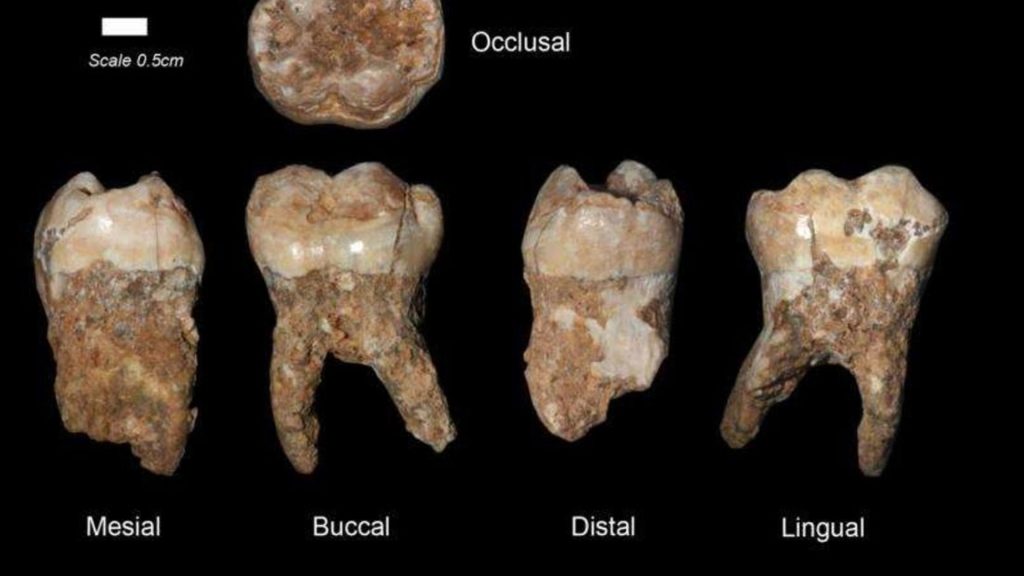
After analyzing the findings it was determined that all of them except for one belonged to the Neanderthals. But the tooth that was found amongst the Neronian tools was cited as belonging to a human child.
Just A Fluke
Before discoveries of arrowheads that were similar (such as in the Buran Kaya III site in Crimea) were regarded as enigmatic anomalies because they were found in geological layers that coincided with Neanderthals.
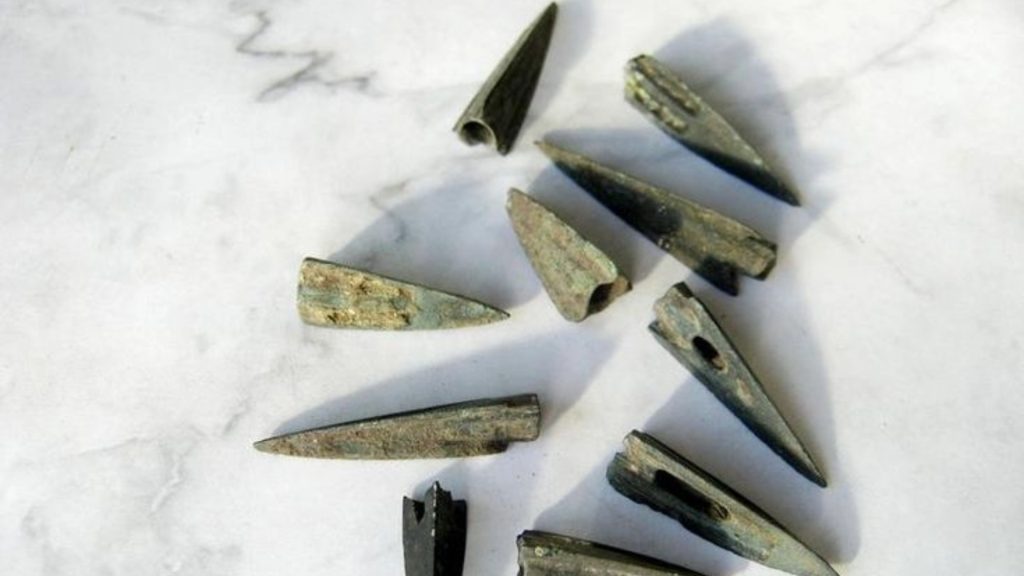
However, now those findings of tools and weapons combined with remains, making these findings not feel so mysterious.
Much Earlier Than They Expected
After they established the identity and timing of those who had gone to Grotte Mandrin, Slimak’s team concluded the previous findings of humans settling in Europe 45,000 years ago were not correct.
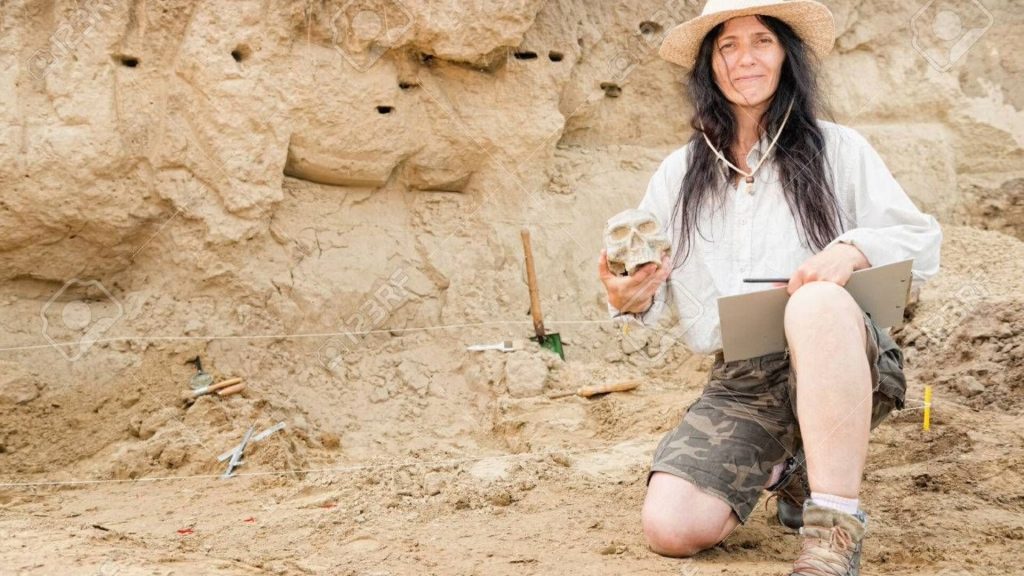
In actuality they were off significantly by approximately 10,000 years. As researchers now know, their arrival came between 56,800 and 51,700 years ago.
Humans Used Bows Early Than Anticipated
Another earth shattering aspect of this finding involved the tools that those humans were using when they came on scene.
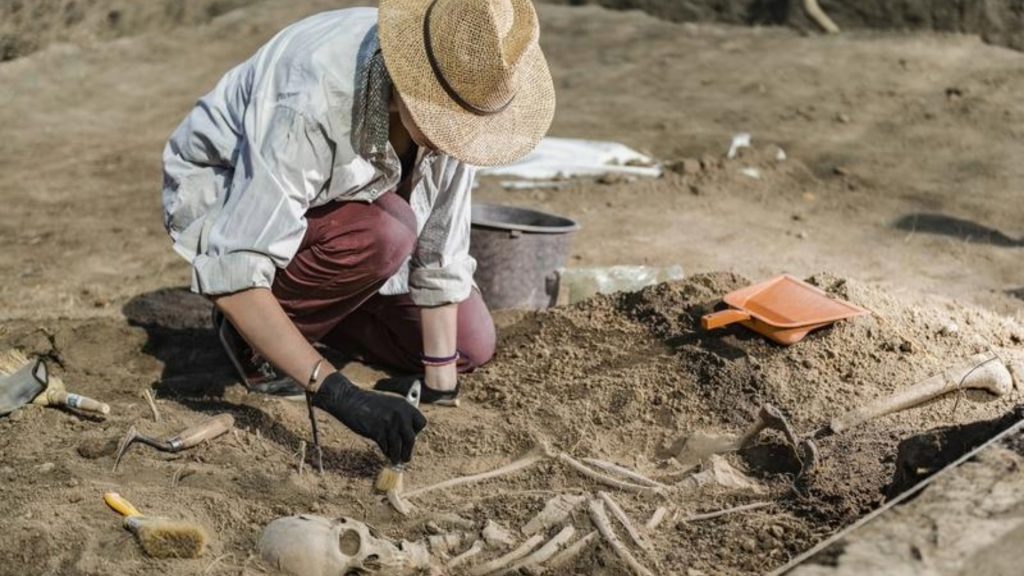
Prior to this discovery nothing as advanced as their tools and weapons had been discovered in Europe until a millenia later.
It’s About The Points
Slimak’s team described in the 2022 Science Advances article that the points on the arrowheads and the bladelets on the blades were created by early humans with intricate detail.
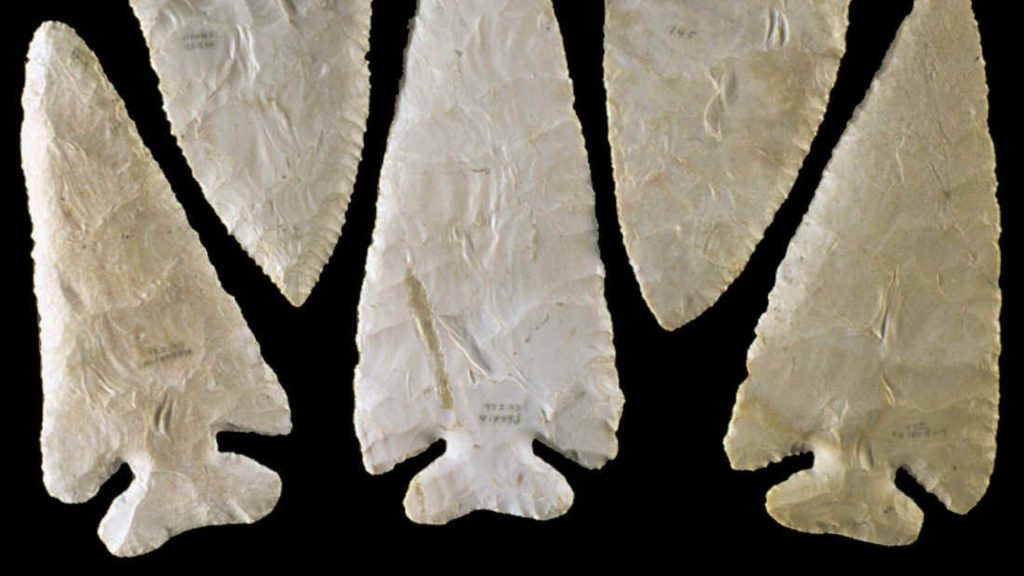
What else made their weapons stand out? The fineness and small micropoints at the tips of the arrowheads. These tools and weapons appeared to clearly be sharper and more consistent than anything the Neanderthals were capable of doing.
Nothing Unusual At First
In addition to these two significant revelations, the researchers also analyzed the geological layers. The layers shared important information about the last millennia the Neanderthals occupied that area.
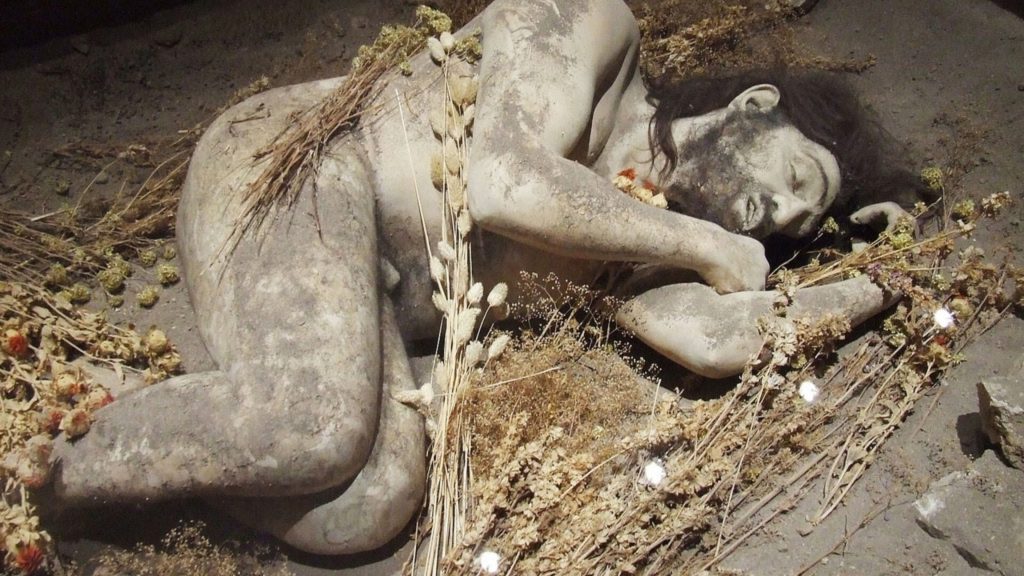
During much of that time everything seemed fairly typical about what they saw. Throughout several layers just the remains of Neanderthals and animals that would have existed amongst them.
Never So Straightforward
As they took a closer look, researchers discovered one of these periods was followed by one that early humans replaced Neanderthals at Grotte Mandrin.

Although this aligned with the observation of what had been previously discovered at archaeological sites in Europe, that’s not where the sequence of events stopped.
A Very Brief Comeback
The geological information that was gathered at Grotte Mandrin provided evidence that suggested humans succeeded Neanderthals; they themselves were then replaced by Neanderthals again.

Interestingly, Slimak’s team recognized that this resurgence for Neanderthals only lasted about a year.
Humans Returned
Succeeding that year, humans returned with a vengeance. It isn’t clear how literal the vengeance was, however Silmak’s team cites ties this sudden shift in occupation to the differences in technological ability between the two populations.

It is uncertain as to whether the advanced weaponry of the humans helped them to fight off the Neanderthals or if it just supported their ability to exist in the environment better. Nonetheless it is most likely the reason they were eventually able to replace the Neanderthals.
Understanding The Winning Side
Slimak’s team also studied the raw materials the human tools were made out of, the discovered they were made from and found out that 46.6% of them came from far away. Most notably, the closest distance of this rock was approximately 9 to 22 miles away, with the farthest coming from 37 to 56 miles away.
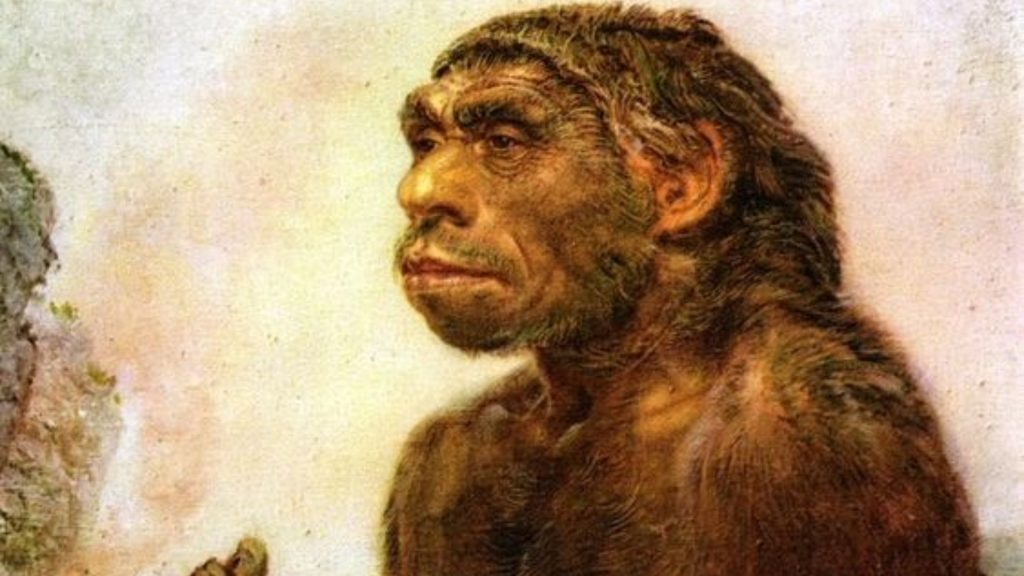
This showed researchers that these humans had a wide territorial influence that they were able to manipulate.
What It All Means
In the bigger picture this discovery at Grotte Mandrin was groundbreaking for three key reasons.
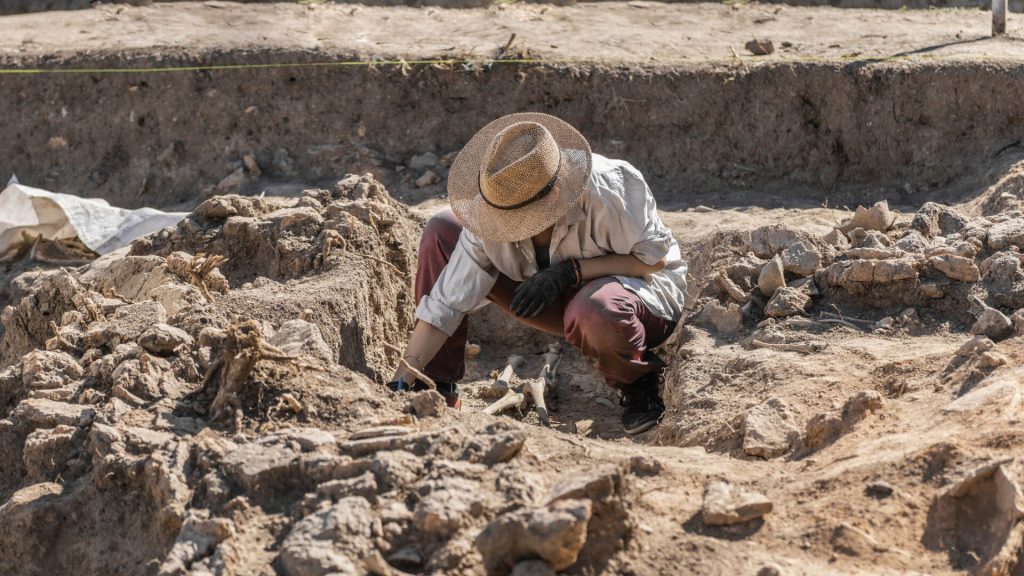
The first reason being, it confirmed that modern humans came to Europe approximately 10,000 years prior to what we had originally thought.
Their Technological Abilities Were Undervalued
Although the examination of the micropoints and standardization gives explanation to why the humans of the time were more advanced than the Neaderthals, it holds more value than just that.

As stated in the 2022 Science article, “This early modern human incursion in the Rhône Valley is associated with technologies unknown in any industry of that age outside Africa or the Levant.”
The Rise, Fall, And Rise Again
In conclusion, the findings that Slimak’s team unveiled at Grotte Mandrin showcased that the sequence in which humans replaced Neanderthals throughout the world was more complex than archaeologists believed to be true.
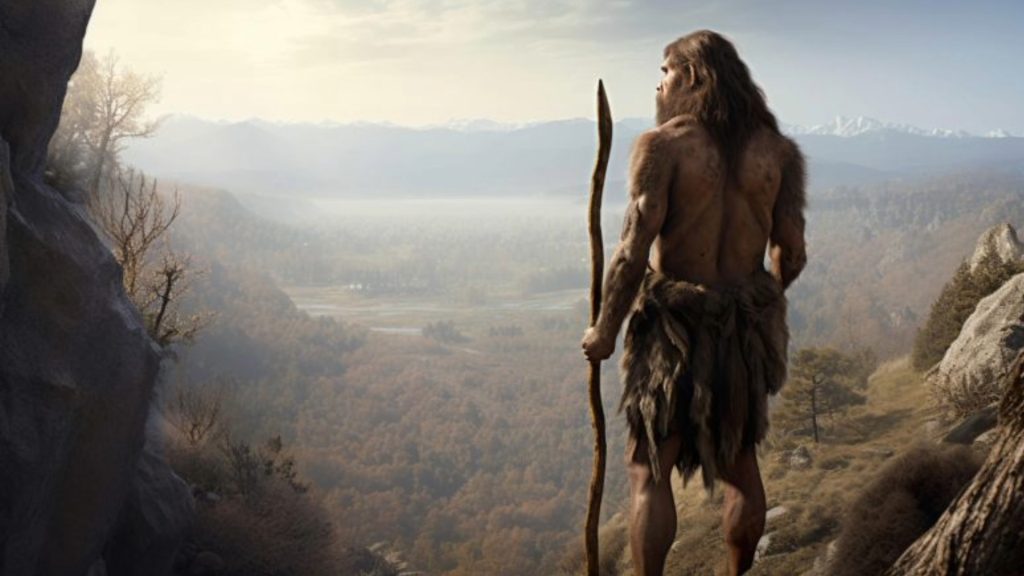
What initially appeared to be a straightforward explanation as to how humans replaced Neanderthals, now is a far more complex process, with unforeseen and unexpected changes along the way. Consequently this discovery has likely rewritten the story of how humanity first made contact into Europe.

